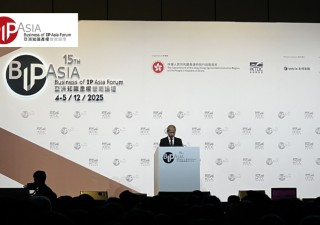“The tentative recovery that seemed to be gaining ground during 2010 and the first half of 2011 has given way to renewed concerns,” Schwab says in his preface to the report. “The global economy faces a number of significant and interrelated challenges that could hamper a genuine upturn after an economic crisis half a decade long in much of the world, especially in the most advanced economies.”
Schwab says that the persisting financial difficulties in the periphery of the euro zone have led to a longlasting and unresolved sovereign debt crisis there, and that other advanced economies outside of Europe also face increased risk of weak recoveries – notably in the United States, where political gridlock on fiscal tightening could dampen the growth outlook.
“Furthermore, given the expected slowdown in economic growth in China, India, and other emerging markets, reinforced by a potential decline in global trade and volatile capital flows, it is not clear which regions can drive growth and employment creation in the short to medium term,” he said.
An analysis by the World Economic Forum show that the hotspots remain concentrated in Europe, North America, and a handful of advanced economies in Asia and the Pacific.
“The map draws a mixed picture of Asia,” analysts said. “Scattered across the region, the Asian Tigers and Japan can be considered competitiveness hotspots. Within this group of five advanced economies, Singapore, Hong Kong, and Japan enter the top 10, and Taiwan and [South Korea] rank only a few notches behind.”
The report notes that developing nations of Southeast Asia are not yet “competitiveness champions, but their group performance is quite remarkable.” Led by Malaysia, all these economies achieve a GCI score above 4.0, the theoretical average of the GCI, and none of them falls into the lowest, least-competitive category.
“This contrasts starkly with the situation in South Asia, where bestperforming India ranks a middling 59th and several countries appear [are in the least-competitive group], including Pakistan and Bangladesh,” the report said.
In the Middle East and North Africa, Israel and the six members of the Gulf Cooperation Council perform strongly, but elsewhere in the region, the analysts call the lack of competitiveness worrisome. 






